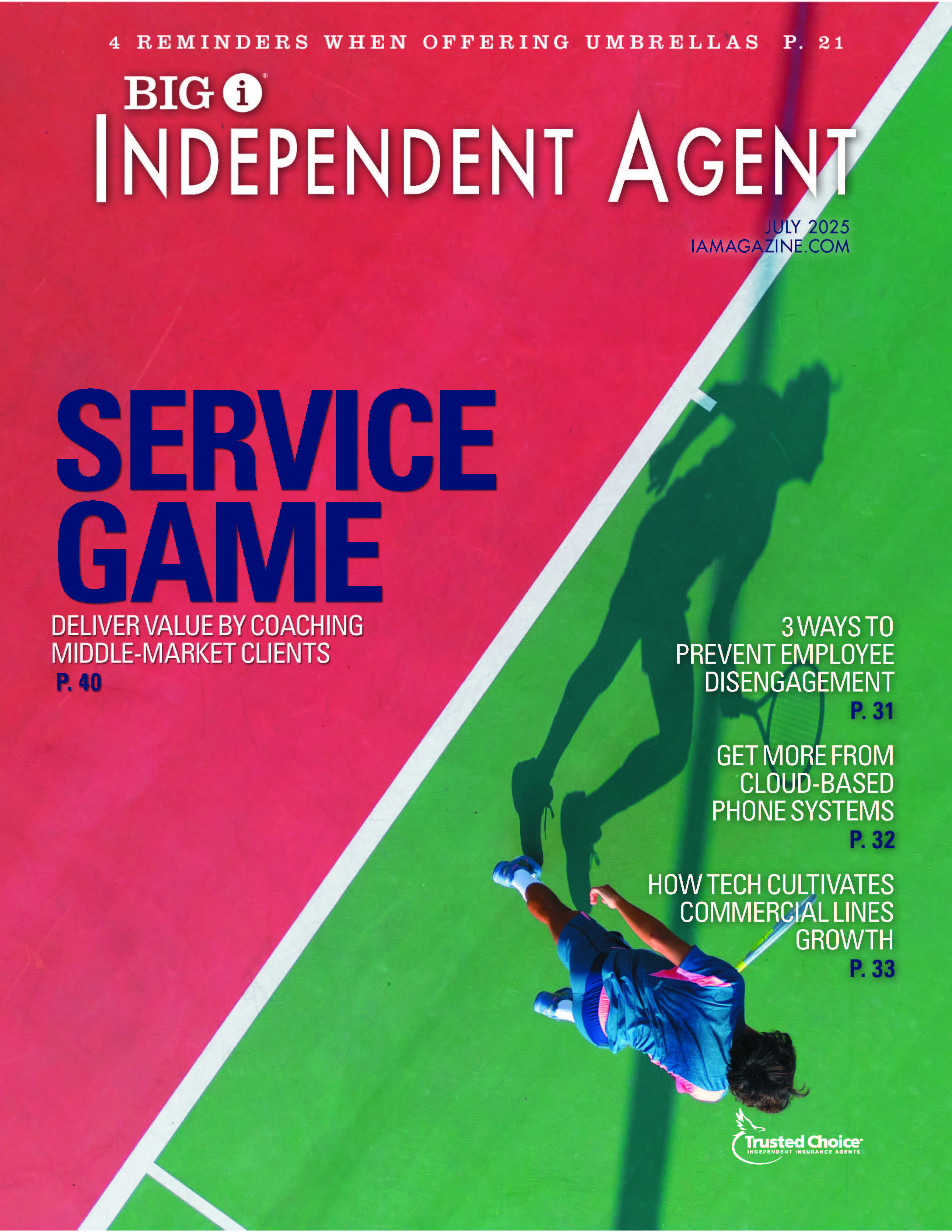Balancing Innovation, Ethics and Human Ingenuity in an AI-Driven Era

By Casey Cunningham
With artificial intelligence (AI) changing our industry and work processes, the urgency to comprehend and embrace it is as compelling as the instinct to shy away. However, retreat is not an option. AI is here and while its mysteries may still elude us, its promise is boundless.
Understanding AI is more than keeping up with a trend, it’s about comprehending its possibilities and limitations. This technology has the potential to revolutionize how we operate, offering unprecedented efficiency and innovation. Yet, it’s crucial to recognize where AI ends and human ingenuity begins. It’s not just about what AI can do, but also where its boundaries lie.
Ethical considerations in AI usage are a compliance issue and a moral imperative. As leaders, we must ensure that our AI strategies are aligned with ethical principles, safeguarding privacy and mitigating biases. A key challenge for leaders is maintaining the trust and integrity of our organizations while embracing technological advancements.
Strategic thinking in the AI era takes leaders beyond traditional approaches to developing business strategy. Now that we’re able to integrate AI insights into decision-making processes, we must also ensure these technologies enhance our overarching business goals. More generally, leaders must be visionaries, anticipating how AI can transform our industry and preparing to adapt our strategies in response.
Another critical aspect of adapting to AI is upskilling the workforce. As AI reshapes job roles, we must equip our teams with the skills to collaborate with advanced technologies. This goes beyond mere training. Leaders must foster a culture of continuous learning and adaptability, unlocking the full potential of human and AI collaboration.
Also in the February Issue
There is a lot of change, which means effective change management is pivotal in integrating AI into our business processes. Importantly, the shift is cultural as well as technological. Leaders must guide teams through changes, addressing concerns and ensuring that AI integration enhances rather than displaces human capabilities.
Here are three essential leadership strategies in the era of AI:
1) Evaluate redundant processes. Identify and assess routine business processes that AI or machine learning can streamline or enhance for greater efficiency.
2) Engage in leadership dialogue. Leaders at all levels should actively discuss with peers or executives how AI and machine learning are being leveraged in their fields and plan accordingly.
3) Embrace continuous learning. Commit to educating yourself about AI and its implications in insurance, staying ahead of the curve by understanding emerging trends and technologies.
Leaders in this AI-driven era have an incredible opportunity to shape the future. In this rapidly changing world, the ability to adapt, innovate and lead with empathy and insight is not just a skill but a necessity for success.
Casey Cunningham is the CEO and founder of XINNIX, a premier leadership and sales performance company. For more information, call 678-325-3500 or email info@XINNIX.com to schedule a meeting.











